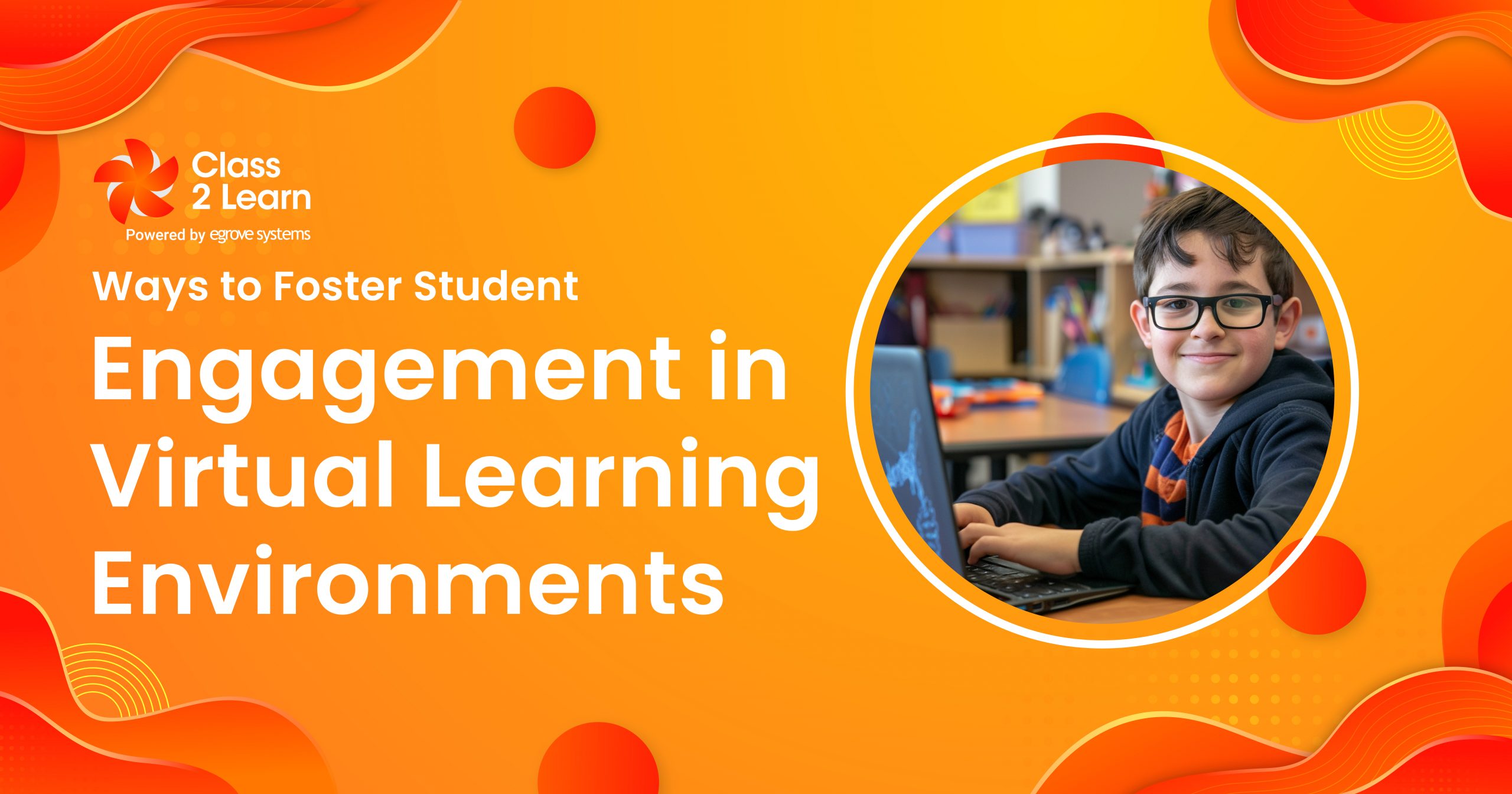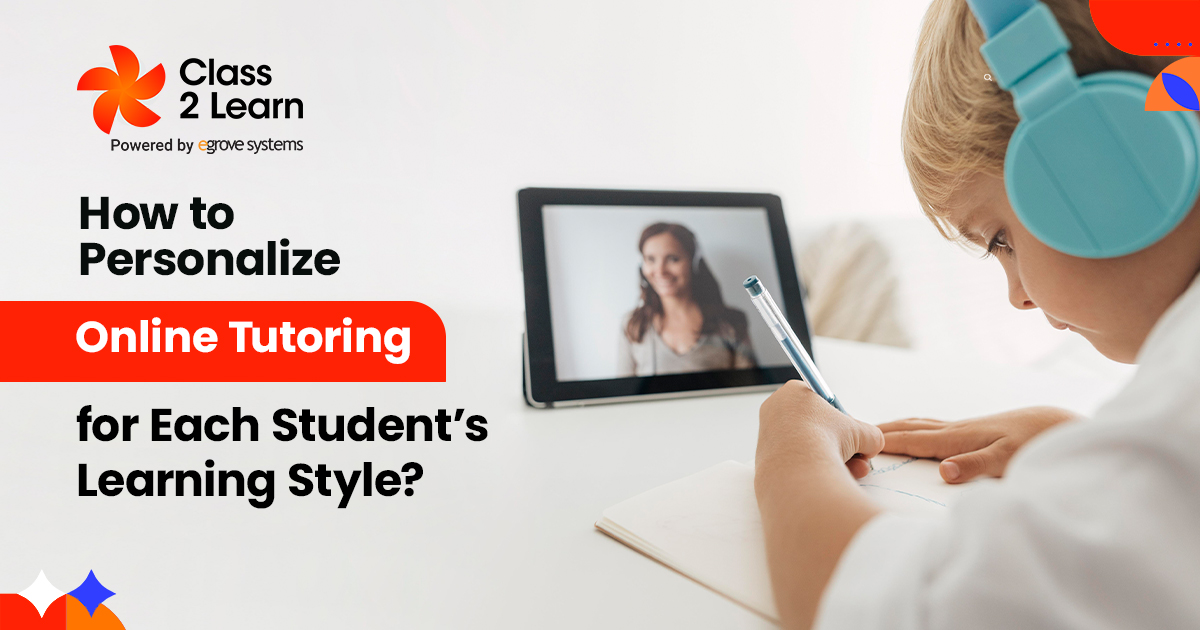Technology applications that support contextualized and personalized online learning have delivered proven value and superior returns.
Online learning has been around for a long time. Recently, however, it has become increasingly popular due to the outbreak of the COVID-19 pandemic. Educators help students understand concepts without experimentation through animations, simulations, and virtual labs.
The application of technology that supports contextualization and personalized learning can lead to proven value and better returns. Technology has enriched the online learning experience in many ways.
Enjoyable Learning:
The use of technology in online education has made learning more pleasurable for pupils. Students can concentrate on various learning tasks while remembering the information they have studied.
Tablets, PCs, and mobile phones have increased the reach of education. This helped students to learn new topics enjoyably. You can better comprehend concepts, ideas, and themes and enjoy the learning experience if you can view live streaming videos. Using technology in virtual classes to increase student engagement is an effective strategy.
Common technologies that make learning more enjoyable include:
Video-Based Learning – Assists pupils to grasp subjects more thoroughly and clearly. Students, for example, prefer lessons delivered via YouTube over face-to-face instruction.
Game-Based Learning – Mobile phones, tablets, and iPads enable students to participate in educational games, particularly those with specific topics or themes. Game-based learning is effective because it encourages learners through positive reinforcement and imposes few consequences for failure to complete tasks.
Augmented Reality (AR) – AR promotes experiential learning by facilitating discovery, exploration, and collaborative engagement and learning. It is an effective tool for helping students visualize topics and enjoy the learning process.
Podcasts – Podcasts are beneficial for students who want to review a previously missed lecture. Podcasts have opened up a new realm of learning, and a podcast collection is now available online for learners.
Laptops: Laptops are an essential component of online student learning. They allow students to complete assignments, discuss and evaluate other students’ work, and access shared learning tools and resources.
Video Conferencing – Video conferencing has been utilized to add a new dimension to online learning. Students who travel frequently have the opportunity to meet with their guest lecturers as well as participate in class discussions with their peers.
Improved assessments:
Remote learning is incomplete unless students are tested and evaluated. Digital simulations and models are utilized not only to efficiently prepare courses but also to track the development of pupils. Teachers are now employing specialized software to deliver or receive evaluations from their pupils in real time.
Technology-enabled examinations are more efficient since they save resources, and time, and create fewer interruptions to learning. They can also provide instructors with a full picture of the student’s interests, talents, and requirements, allowing them to customize learning.
Educators may also monitor students displaying their thinking levels while studying and provide them with real-time feedback via learning dashboards.
Additionally, parents may receive real-time updates on their child’s progress. In the long run, educators, states, and institutions of higher learning can use the collected data to promote learning innovation.
Assessment techniques based on technology are helpful for both coaching and assessment. This tool records proof of educational qualities including collaboration and teamwork. They offer chances for peer reflection, feedback, and assessment.
Flexibility in learning:
Technology has enabled students to participate in learning at their own pace and enjoy the learning process. There is no pressure to learn within a set time frame, so you don’t have to skip difficult concepts.
Some learners can grasp concepts faster than others. Slow learners can take advantage of new technology to learn at their own pace. This will allow you to follow along with the rest of her online curriculum tailored to your classroom and needs.
A flexible learning environment is needed, especially for students who are suffering from the impact of the COVID-19 pandemic. Students had to take care of their families who were affected by the disaster, making it difficult for them to study at a steady pace.
Because they work or have families to support, some students prefer to do their coursework on weekends or in the evenings. Others might like taking fewer classes at once and studying on their own. Individual learning styles may be accommodated in virtual learning, and the curriculum can be tailored to the particular requirements of the students.
Conclusion:
The online learning experience has dramatically changed due to the adoption of advanced technologies. Technology has enriched research and promoted communication between educators and learners. Students can enjoy learning as the educators address their unique learning capabilities and adhere to them. More importantly, technology has facilitated collaborative and self-paced learning.





Add comment